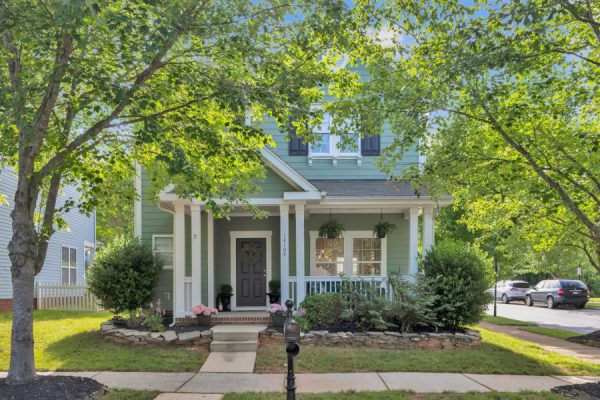The new year promises big changes for the housing market in a positive way. The end of 2016 saw not only the stabilization of the real estate industry, but it brought about growth in regards to both the buying and selling sectors. It’s difficult to guess what 2017 has in store, but here are our best five predictions for the real estate market his year.
- Rising prices will keep pushing up homeowners’ net worth.
After a 6.3 percent increase over the past year, home prices are poised to rise another 5.2 percent through September 2017, according to arecent report from CoreLogic. Rising prices have doubled the amount of home equity held by Americans with the average homeowner gaining more than $11,000 in home-equity wealth last year alone. If home prices continue to increase as projected, Americans would add $1 trillion in home equity to their collective balance sheets next year. (data taken from http://www.thefiscaltimes.com/). - The share of cash buyers will move closer to normal.
All-cash buyers fell below 30 percent of home sales this year for the first time since 2007, and they’re projected to decline for the next two years until they get back to their historical average of about 25 percent,according to CoreLogic. That’s good news for some home buyers who have struggled in recent years to compete with all-cash buyers in bidding wars. - Mortgage rates are going up.
Rates for conventional loans shot up nearly a quarter of a percentage point in the days following the election, the fastest increase since the ‘taper tantrum’ of 2013. That could be just the beginning; the Fed is expected to continue raising rates on a strong economy, and even before Trump’s election, the Mortgage Bankers Association was predicting that rates would reach 4.8 percent (an increase of nearly two percentage points) by the end of 2017. That means that borrowers who are looking to re-fi should do so earlier in the year, and buyers should consider locking in their rates during the closing process. While some worry that rising rates could dampen the housing market, job security and wage growth are larger factors on home activity than interest rates. - It’s getting easier to get a mortgage.
It’s easier to get a mortgage now than at any time in the past eight years, according to the Mortgage Credit Availability Index. That reflects an increased availability of both jumbo loans and low down-payment loans. Banks may also be more willing to work with borrowers over the next few years as they look to make up for a decline in refinancing business when interest rates go up. “The pendulum has been swinging toward a loosening of the credit box a bit,” says Daren Blomquist, a senior vice president with Attom Data Solutions. “I don’t think we’ll see a reversal of that with the new administration. We’ll likely see an acceleration. - Inventory will remain tight.While builders have increased production, they’re still only putting homes up at about 60 percent of the normal pace. Total housing inventory at the end of September increased 1.5 percent to 2.04 million existing homes for sale, but that’s still 7 percent lower than last year. Unsold inventory in September was at a 4.5 percent-month supply, down from 4.6 percent the previous month. (A six-month supply is considered a healthy market.)That continued lack of inventory is one of the main factors behind rising prices. “It’s driven by supply and demand,” says Sam Khater, deputy chief economist at CoreLogic. “The lack of affordable supply is really driving up home prices.”
Previous article
5 Cold Weather Dates to Enjoy in the Charlotte Area
Next article
Cold Weather Tips for Pets



